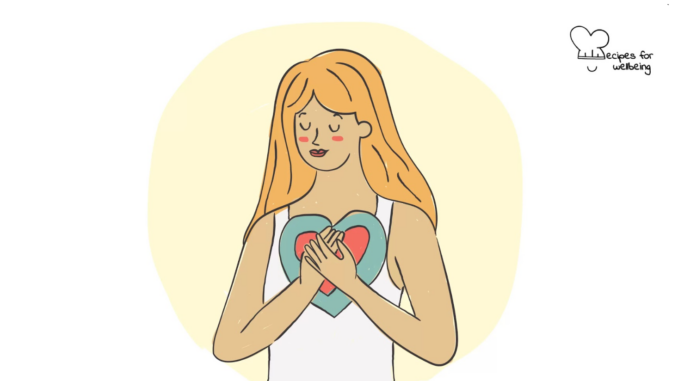
By Rami Mansi
Our minds are our own worst enemies: we feel complex emotions, and physical manifestations of that complexity follow. These physical manifestations can include lashing out at those around us, neglecting responsibilities, or becoming self-centered.
We try not to make these mistakes and hurt those around us, maybe even ourselves. But in a fit of emotional distress, we do. The aftermath of this may be a fallout, resulting in multiple layers of pain for both sides.
Learning how to forgive yourself is a painful but rewarding process, it won’t be picture-perfect, but small strides can mean the difference between healing or becoming trapped.
After realizing that you made a mistake, you feel awful. How are you supposed to move on after you not only hurt the other person, but yourself in the process?
I am in this process currently, forgiving myself for mistakes that may not have hurt other people, but have certainly made an impact on how I developed and see myself as a person.
Before you start forgiving yourself, the first step you need to take is acknowledging what’s been done on the surface level. What broke and fell apart, what painful memories developed, and what emotional bruises did you inflict? Whether to yourself or others, something has gone wrong due to either a conscious or unconscious emotional outpour. Taking responsibility for your actions is the preliminary step to begin to forgive yourself.
This brings us to the first step: recognizing and acknowledging your emotions. Peeling back the first layer of the issue and going beyond the surface are the emotions, the motives that made you take that first negative action.
Ask yourself the following: what was I feeling before the moment? Have you felt this way for a long time? Was I feeling this way on purpose or was I overwhelmed and out of bounds? Most importantly, understanding what triggered the emotion to come out is a strong way to recognize and bring out those underlying feelings. Following an emotional upheaval, comes the second step: confronting your emotions and recognizing ways to help prevent another mistake.
Figuring out the emotions behind the mistake is one thing. Now, we need to find ways to prevent it and take action to enhance ourselves. The way to do this can be done through multiple outputs: creatively expressing yourself through various forms of art, continuing with your improvement by working out changing your eating habits, or simply focusing on getting through the day. No matter what route you take, any movement is good movement.
Through this process, you might feel overwhelmed, tired, and mentally drained. Rome was not built in a day, nor will becoming the person you want to be. Forgiving yourself takes time, whether days or years; naturally allowing yourself to go through the process is the most powerful and positive way to go about processing. Always remember that no matter what you do to heal or how long it takes, you are prioritizing yourself and your mental health. Whenever in doubt, always remember these three simple words: you’re doing great!
That being said, this next step could be the longest and most difficult step that can be taken in this process: sharing empathy and making amends to those you hurt.
You’ve made progress with yourself. You are making changes on how to act and react to certain emotions and memories, and you are on your way to becoming the person you want to be. It’s time now to share your progress with others and allow yourself to experience the humility needed to make amends with the people you’ve hurt along the way. Whether that’s by a sit-down conversation or a long phone call, let that person know what you’re feeling, what caused you to act that way, and most importantly, how you’ve grown as a person that will prevent you from acting the way you did again.
They might not forgive you immediately, but a simple recognition is a way to share the process of healing with them to carry forward. But what happens when you don’t hurt another person, but yourself instead? This brings us to the final step: forgiving yourself.
The final step to forgiving yourself is understanding and experiencing self-empathy. It’s time to understand that your past self made mistakes, and that’s okay. Yes, you will cringe when you look back on that one embarrassing thing you said in front of the class, and that’s okay. You might stay up late at night thinking about how you didn’t stand up for yourself and allowed yourself to get hurt by other people, and that’s okay.
Feel your emotions with the utmost gratitude. Experience what it was like to be in that position. Putting your memories at the forefront and deep-diving into them is the best way to forgive yourself. By understanding your past self’s point of view of the situation, and realizing why you did what you did, you can appreciate yourself.
And that is the art of forgiving yourself.
